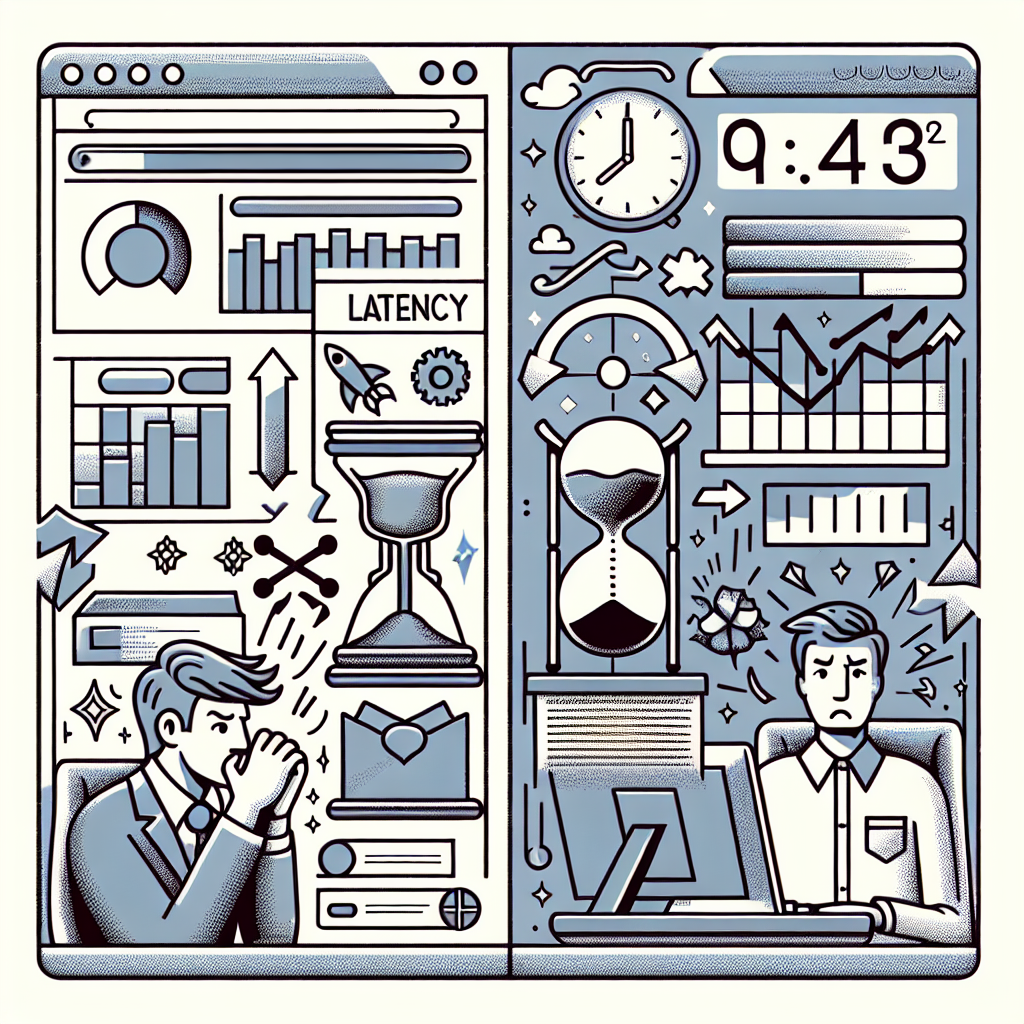Your cart is currently empty!
How Latency Impacts User Experience and Website Performance

In today’s fast-paced digital world, users expect websites to load quickly and seamlessly. However, one factor that can greatly impact user experience and website performance is latency. Latency refers to the delay between a user’s action on a website, such as clicking a link or submitting a form, and the corresponding response from the server.
Latency can be caused by a variety of factors, including network congestion, server load, and inefficient website design. When latency is high, users may experience slow loading times, unresponsive pages, and frustration. This can lead to a higher bounce rate, as users are more likely to abandon a website that takes too long to load.
In addition to affecting user experience, latency can also impact website performance in terms of search engine rankings. Search engines like Google take into account page speed as a ranking factor, so a slow-loading website may be penalized in search results. This can result in lower traffic and visibility for the website.
To improve user experience and website performance, it is important to reduce latency as much as possible. This can be achieved by optimizing website code, compressing images and files, using content delivery networks (CDNs) to distribute content closer to users, and investing in reliable hosting services.
Monitoring and analyzing latency metrics is also key to identifying and addressing issues that may be impacting website performance. Tools like Google’s PageSpeed Insights and Pingdom can help track page load times and identify areas for improvement.
Overall, reducing latency is crucial for providing a smooth and efficient user experience, as well as improving website performance and search engine rankings. By prioritizing latency optimization, website owners can ensure that their sites are fast, responsive, and user-friendly.

Leave a Reply